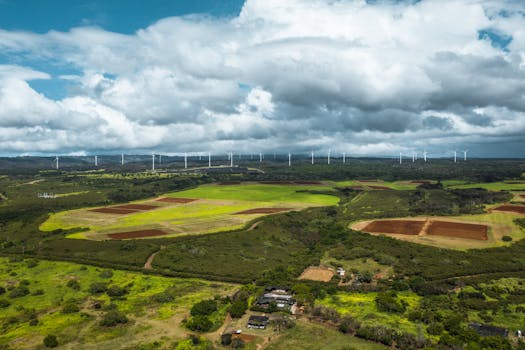
High-Tech Horizons: The Evolution of Earth-Orbiting Technologies for Observation
High-Tech Horizons: The Evolution of Earth-Orbiting Technologies for Observation has been a game-changer in the field of observation, allowing us to monitor the planet like never before. With the advancement of technology, earth-orbiting satellites have become an essential tool for observing the Earth, providing valuable data and insights that help us understand our planet better.
The evolution of earth-orbiting technologies began in the 1950s, with the launch of the first artificial satellite, Sputnik 1. Since then, the technology has evolved significantly, with the development of more advanced satellites, sensors, and imaging systems. Today, earth-orbiting satellites are used for a wide range of applications, including weather forecasting, climate monitoring, land use mapping, and disaster response.
History of Earth-Orbiting Technologies
The history of earth-orbiting technologies is a long and fascinating one. The first satellite, Sputnik 1, was launched by the Soviet Union in 1957, marking the beginning of the space age. The United States responded with the launch of Explorer 1 in 1958, which discovered the Van Allen radiation belt. The 1960s saw the launch of the first weather satellites, such as TIROS-1, which provided the first television images of the Earth from space.
The 1970s and 1980s saw significant advancements in earth-orbiting technologies, with the launch of satellites such as Landsat 1 and SPOT 1, which provided high-resolution images of the Earth’s surface. The 1990s and 2000s saw the launch of satellites such as EOS AM-1 and Envisat, which provided advanced sensors and imaging systems for monitoring the Earth’s environment.
Applications of Earth-Orbiting Technologies
Earth-orbiting technologies have a wide range of applications, including weather forecasting, climate monitoring, land use mapping, and disaster response. Weather satellites, such as GOES and Meteosat, provide images of cloud patterns, atmospheric conditions, and other weather-related data, allowing meteorologists to predict weather patterns and issue warnings for severe weather events.
Climate monitoring satellites, such as TOPEX/Poseidon and Jason-1, provide data on sea level rise, ocean currents, and other climate-related phenomena, helping scientists to understand and predict climate change. Land use mapping satellites, such as Landsat and SPOT, provide high-resolution images of the Earth’s surface, allowing researchers to study land use patterns, deforestation, and other environmental changes.
Disaster response satellites, such as the International Charter on Space and Major Disasters, provide critical data and imagery during natural disasters, such as hurricanes, earthquakes, and wildfires, helping emergency responders to assess damage and respond effectively.
Future of Earth-Orbiting Technologies
The future of earth-orbiting technologies is exciting and promising, with advancements in areas such as small satellite technology, satellite constellations, and advanced sensors and imaging systems. Small satellite technology, such as CubeSats and nanosats, is allowing for the development of smaller, more affordable satellites that can be launched in large numbers, providing greater coverage and frequency of data collection.
Satellite constellations, such as the Iridium and Globalstar systems, are providing global coverage and enabling the development of new applications, such as satellite-based internet and IoT connectivity. Advanced sensors and imaging systems, such as hyperspectral and synthetic aperture radar, are providing more detailed and accurate data, enabling researchers to study the Earth’s environment in greater detail.
In conclusion, High-Tech Horizons: The Evolution of Earth-Orbiting Technologies for Observation has revolutionized the field of observation, enabling us to monitor the planet like never before. With the advancement of technology, earth-orbiting satellites have become an essential tool for observing the Earth, providing valuable data and insights that help us understand our planet better. As technology continues to evolve, we can expect even more exciting developments in the field of earth-orbiting technologies, enabling us to better understand and protect our planet.

